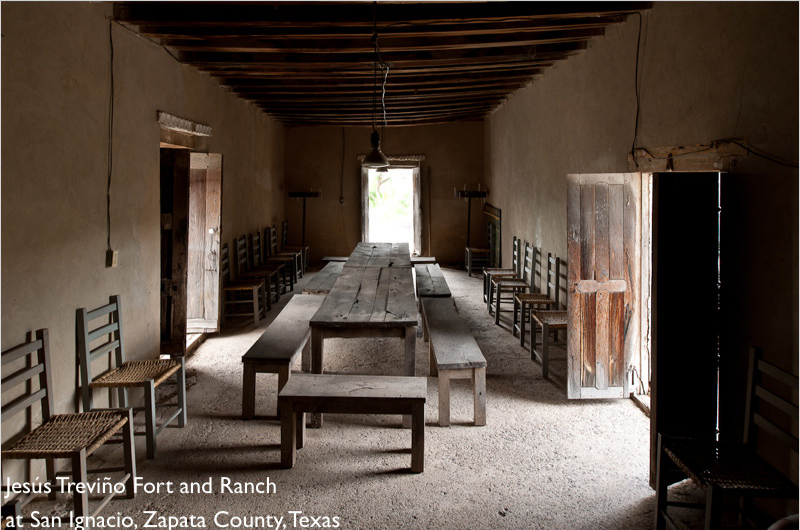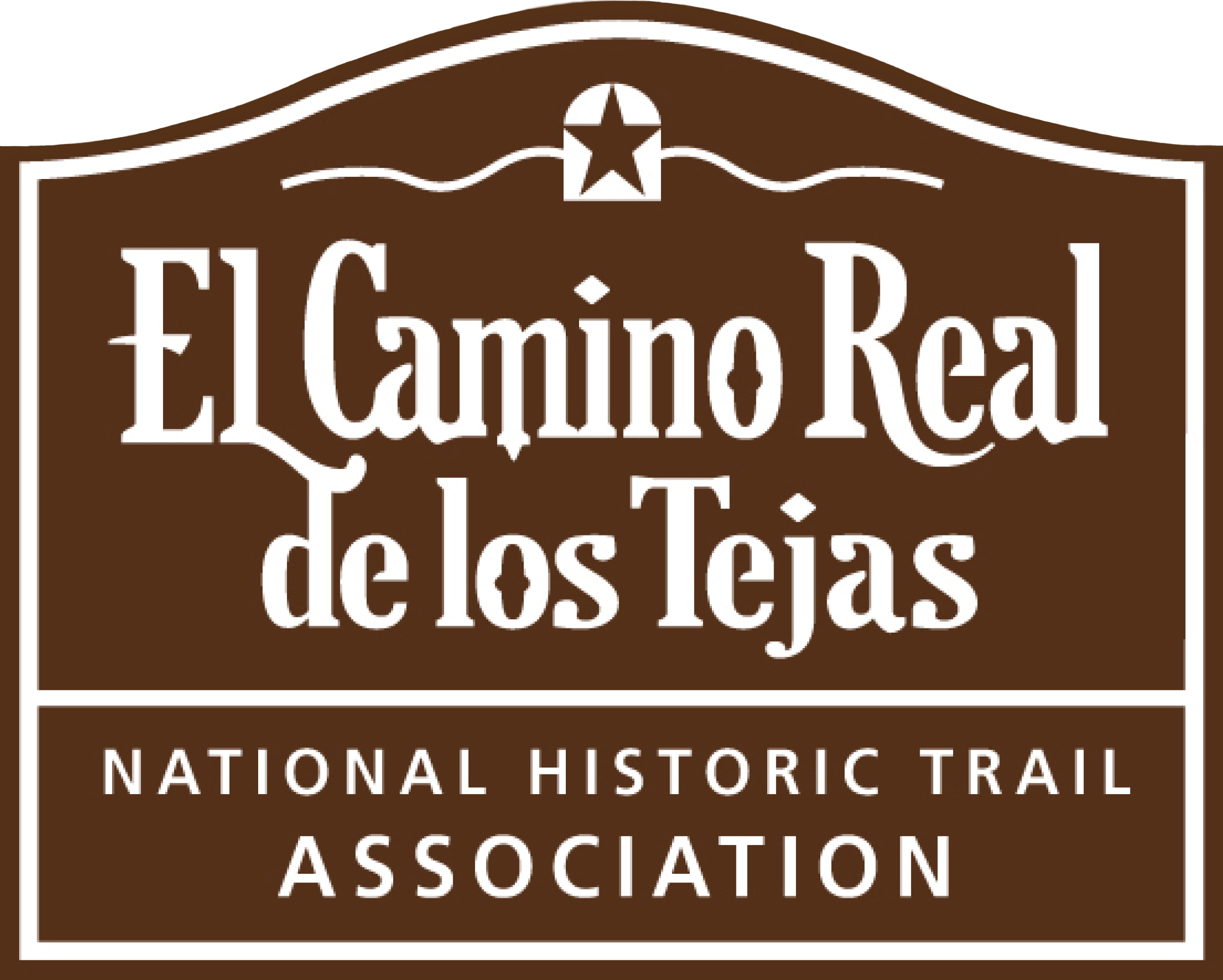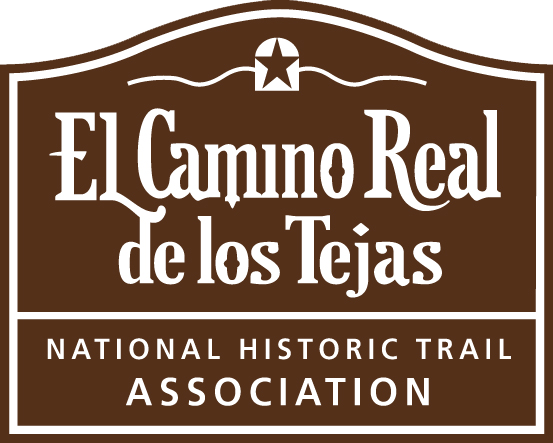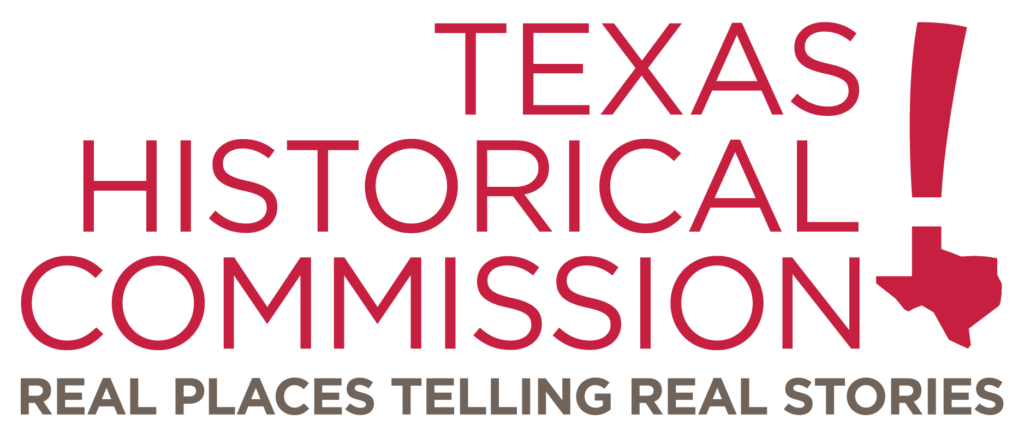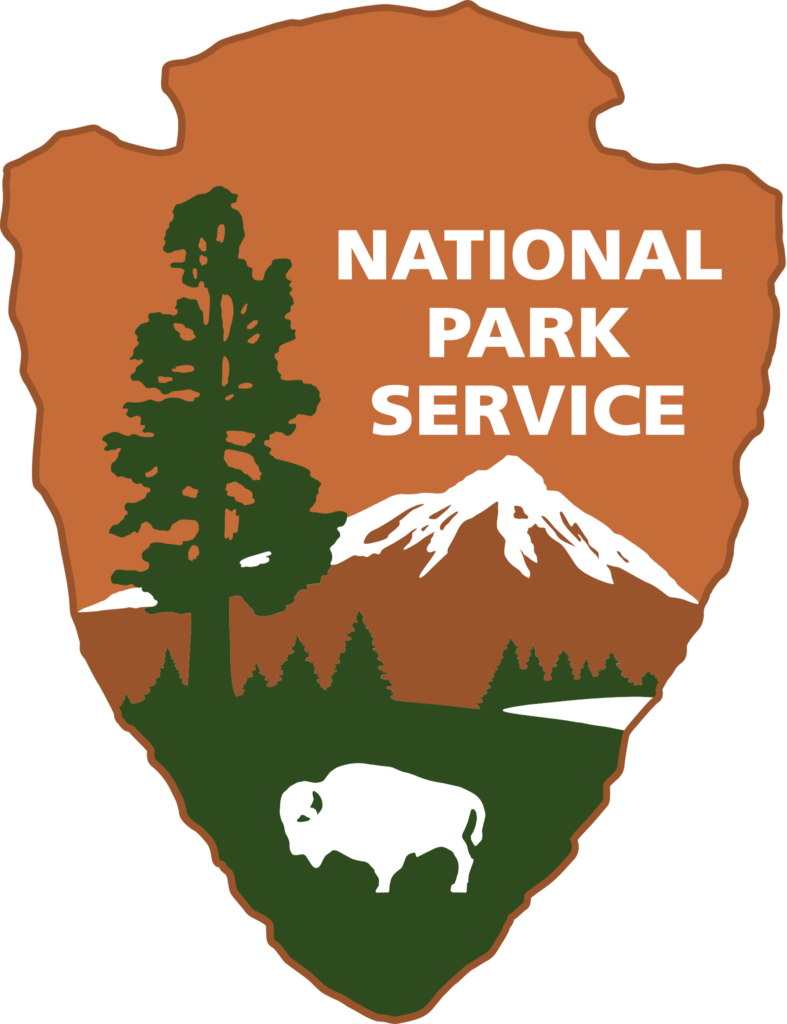Carrizo Springs
Laguna Espantosa
The natural lake was once a campsite on the Old San Antonio Road. Perhaps because of a ghostly fog that frequently obscures the lake after dark, however, it was often avoided by travelers who feared its reputation as a haunted place of evil (espantosa is Spanish for “fearful,” “horrid”). Many legends surround the place. Some center on wagon loads of gold and silver rumored to have been lost in the lake; others tell of apparitions of men said to have been murdered on its shores. One story says that the lake was once filled with alligators. In 1917 water from the Nueces River was diverted into the lake, and a dam was built to contain the flow for irrigation purposes. In 1990 the dam, operated by the Zavala-Dimmit County Water Control and Improvement District, impounded a reservoir with a capacity of 1,745 acre-feet. The lake covered 364 acres and was used for boating and fishing as well as irrigation (Handbook of Texas Online, “ESPANTOSA LAKE” 2010).
Located: 1992 FM 1433, Carrizo Springs, TX 78834
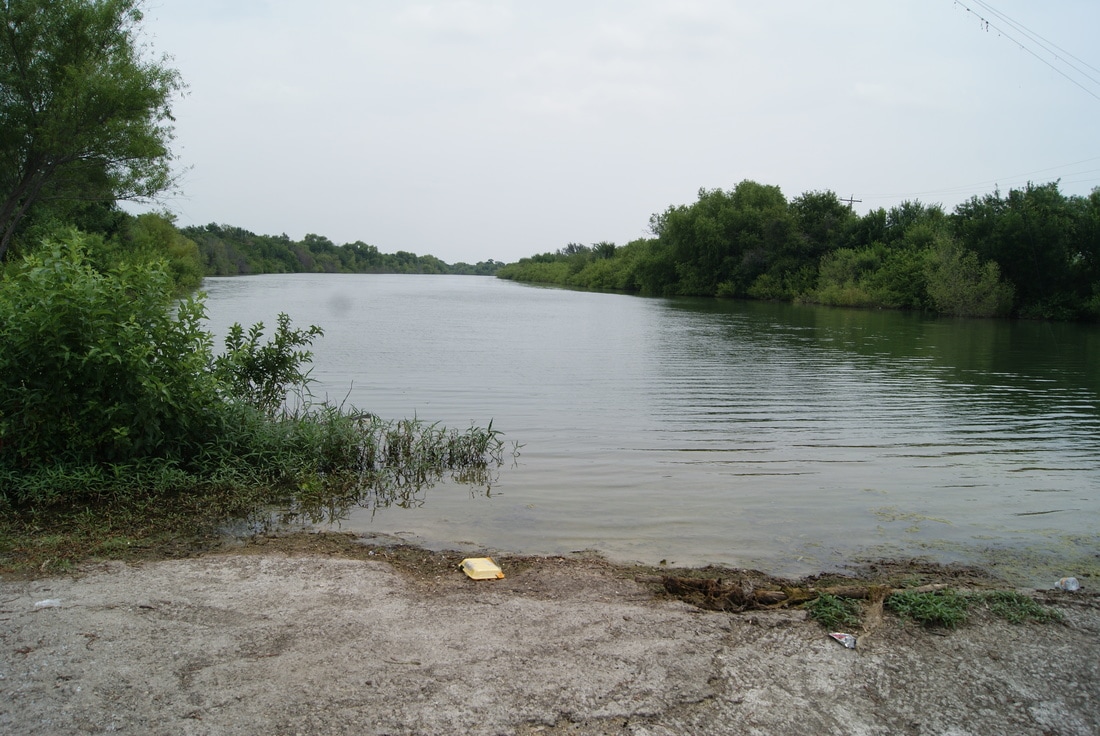
Castroville
Landmark Inn Historic State Site
“Located on the banks of the Medina River and nestled in the historic Main Street town of Castroville, Landmark Inn tells the story of Alsatian settlement and early commerce in Texas. The 1850s inn, store, and mill provided services to travelers and the community into the 20th century. Quaint rooms at the on-site bed-and-breakfast provide comfortable historic lodging against a backdrop of red oaks, serene gardens, and the lazy Medina River. Day visitors enjoy tours of the site and recreational opportunities about Texas history. In February the Vance Hotel at the Landmark Inn State Historic Site received a prestigious 2018 Honor Award from Preservation Texas for the restoration and rehabilitation of the hotel” (Texas Historic Commission 2018).
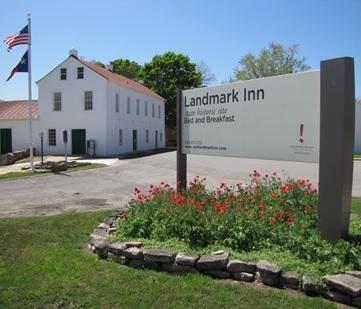
Laredo
Paseo del Indio Trail
“Accessed through the Lamar Bruni Vergara Environmental Science Center, visitors can view the Río Grande crossing used by American Indians for centuries. It saw heavy use by soldiers and settlers since Spanish explorer Jacinto de León discovered the ford in 1746. Growing into a major route along El Camino Real de los Tejas, the location inspired rancher Don Tomás Sánchez de la Barrera to found the Laredo settlement” (Texas Time Travel ND).
Located: 1 West End Washington St, Laredo, TX 78040
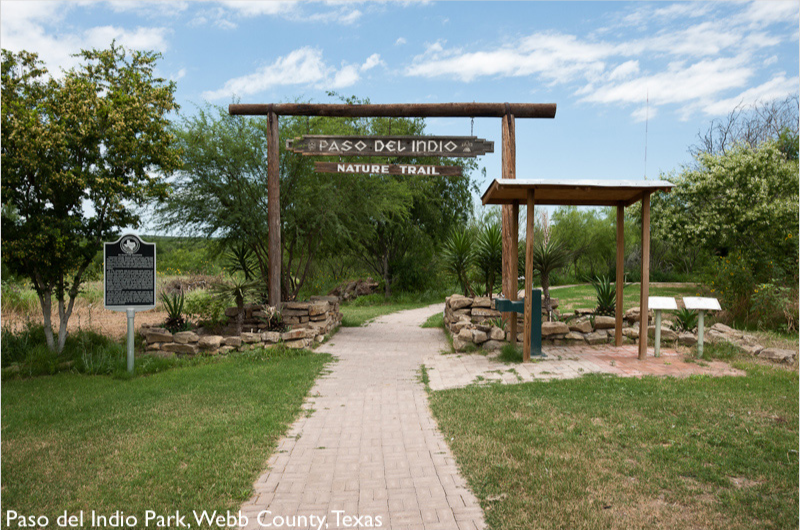
The Republic of Río Grande Museum
“The Republic of the Río Grande Museum is housed in one of Laredo’s oldest structures located on San Agustín Plaza in downtown Laredo. The museum is a Mexican vernacular structure, constructed in 1830 with an 1860 addition. It was once the home of Bartolomé García, prominent rancher and mayor of Laredo. According to tradition, in 1840, the structure served as the capitol of the Republic of the Río Grande. The Museum is considered a historic house museum which features displays recreating an authentic c.1830 home in Laredo. The building is a Recorded Texas Historical Landmark and a Contributing Structure to the San Agustín National Register District. Along with its neighbors, San Agustín Cathedral and La Posada Hotel, the museum forms a triangle of the most visited historic landmarks in the city” (Webb County Heritage Foundation ND).
Located at: 1005 Zaragoza Street, Laredo, TX, 78040
The Republic of the Río Grande Museum
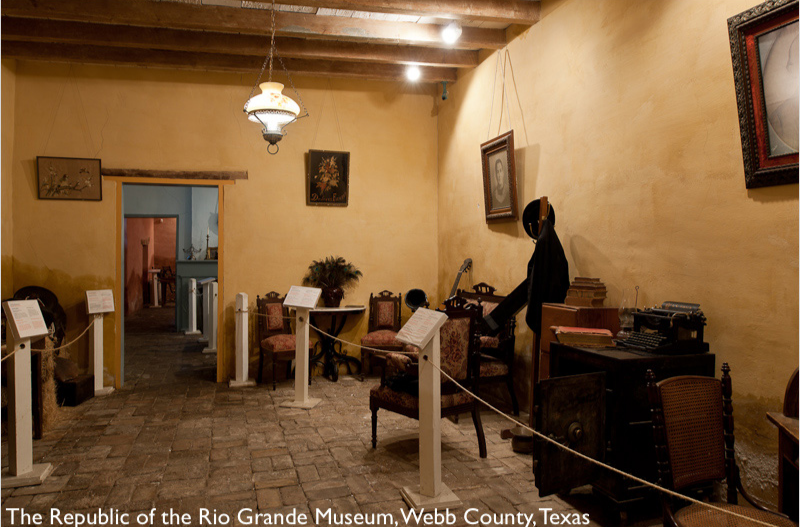
Villa Antigua Border Heritage Museum
“This restored two-story brick building constructed in the early 20th century, was once home to two early Laredo merchant families. With its size and pivotal location on the banks of the Río Grande, this Italianate-style residence is representative of the grand houses that populated the San Agustín District in the early twentieth century. The block, with several historic properties, is located immediately east of San Agustín Cathedral, Laredo’s oldest landmark and San Agustín Plaza, which dates to 1767.
The home was abandoned for many years and survived numerous fires and initiatives aimed to demolish it. In 2002, the Webb County Heritage Foundation and the County of Webb acquired the home and undertook its historic rehabilitation. It now serves as the Villa Antigua Border Heritage Museum showcasing the region’s history, culture, industry, and populations through a series of changing exhibits and educational seminars” (Webb County Heritage Foundation ND).
Located at: 810 Zaragoza St, Laredo, TX 78040
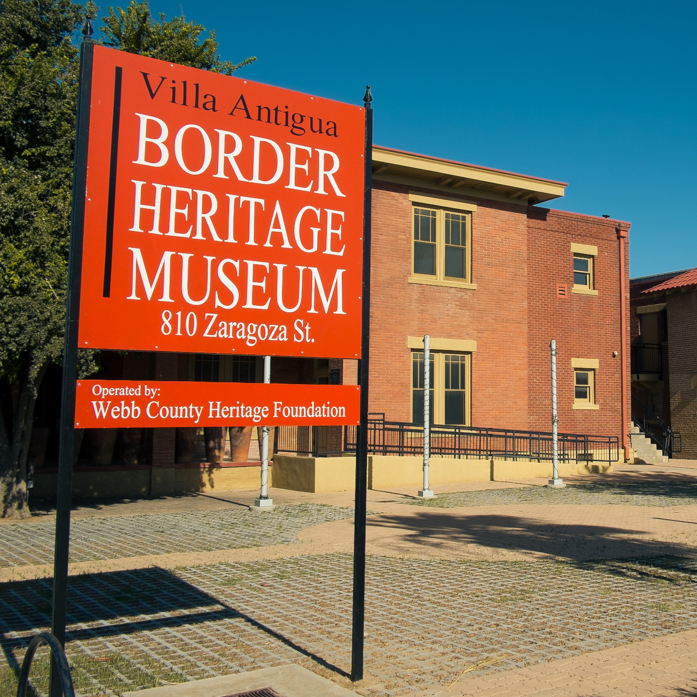
San Ygnacio
Rio Grande Overlook/Parque Alto
Beautiful overlook onto undeveloped Mexico. Planned as a future interpretive spot for Camino Resources.
Location: (27.093178, -99.426674)
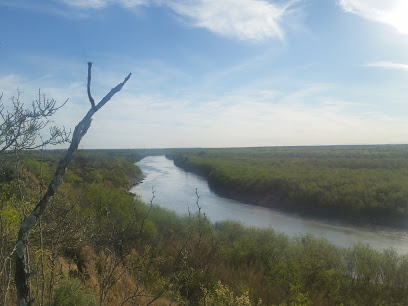
San José de los Corralitos
“This property is listed in the National Register of Historic Places. The first building erected on this land grant was a fortified ranch structure to protect the family from Indians and marauders from across the Río Grande. It dates from 1753, when Colonel José de Escandón donated a 350,000-acre grant, a portion of which would eventually become the village of Corralitos (little corrals) and part of an effort to hold title to the Borrego family grant known originally as Nuestra Señora de los Dolores. Don José Fernando Vidaurri, grandson of the original Borrego grant owner, built the single-room dwelling of sandstone, mud mortar, mesquite and Montezuma cypress. It had 33-inch thick walls; one door on the east elevation; no windows; six gun ports; and a flat, 11-foot tall ceiling. The gun ports facilitated the muzzle of a black powder firearm, which extended through the opening to be visible from the outside” (National Park Service 2011).
Location: (27.119061, -99.424035)
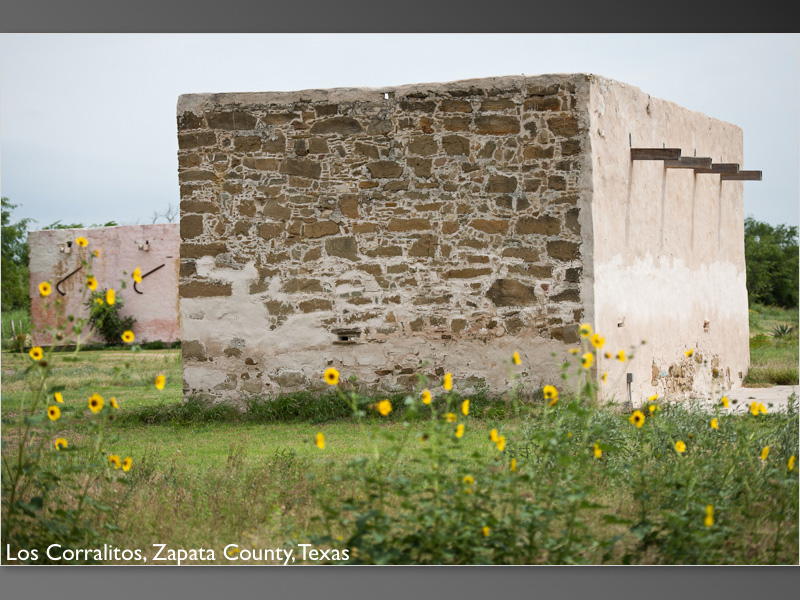
Treviño-Uribe Rancho
“A National Historic Landmark, the Treviño-Uribe Rancho is an exceptional example of Spanish Colonial/Mexican Period architecture in the American Southwest, and one of the finest surviving examples of domestic borderlands architecture in the United States. Initially constructed ca. 1830 for Spanish/Mexican settler Jesús Treviño as a modest single-room rancho, the Treviño-Uribe Rancho expanded through four or five building campaigns over the following 40 years. The rancho is an excellent representation of borderland architecture and of the early ranching practices that came to define the built environment of Texas and much of the southwestern United States in the 19th century” (National Park Service ND).
Located at: 398 Trevino St, San Ygnacio, Texas, 78067
